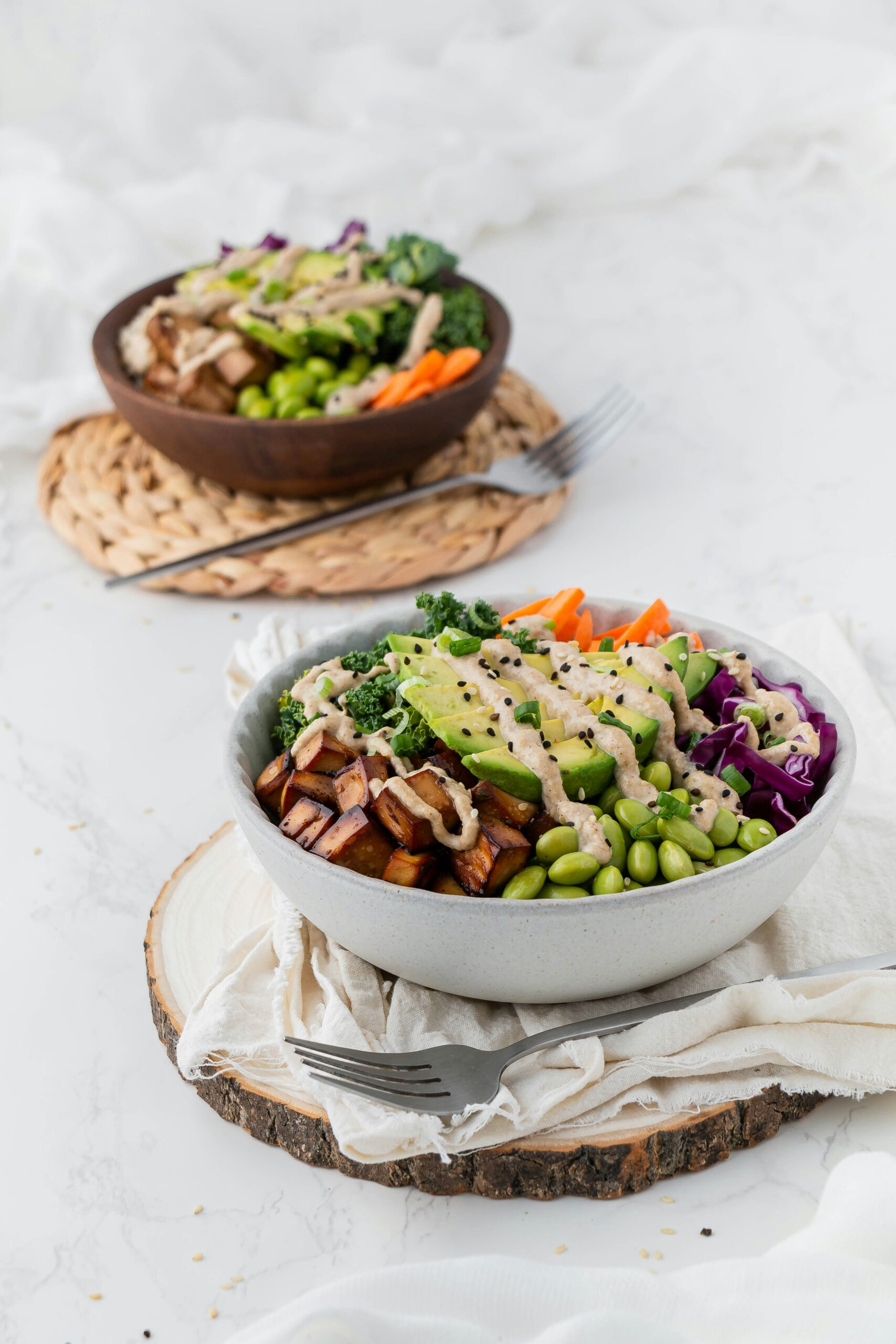
How to Build a Balanced Meal Plate
Building a balanced meal plate is an essential skill for anyone looking to maintain a healthy diet and lifestyle. With a well-structured plate, you can ensure that you’re getting the right nutrients in the right proportions, supporting your body’s needs and promoting overall wellness.
Creating a balanced meal plate involves understanding the key components that contribute to a nutritious diet. Let’s explore what makes up a balanced meal and how you can construct one for yourself.
Understanding the Components of a Balanced Meal
A balanced meal typically includes a mix of macronutrients: carbohydrates, proteins, and fats, along with essential vitamins and minerals. According to the USDA’s MyPlate guidelines, your plate should be divided into specific sections to ensure variety and balance.
Macronutrients and Their Roles
- Carbohydrates: These provide the body with energy. Whole grains, fruits, and vegetables are excellent sources.
- Proteins: Essential for building and repairing tissues. Incorporate lean meats, beans, and nuts.
- Fats: Necessary for absorbing vitamins and providing energy. Opt for healthy fats like avocados and olive oil.
The Science Behind Meal Balance
Recent research from the American Heart Association suggests that balanced meals can help reduce the risk of chronic diseases such as heart disease and diabetes. By focusing on whole foods and minimizing processed foods, you can significantly improve your health outcomes.
Personal Experience: Crafting a Balanced Plate
For many, including myself, learning to balance meals has been a journey. I remember when I first started, I used a simple method: visually dividing my plate into sections for vegetables, proteins, and grains. This approach helped me intuitively select the right portions and varied my food choices.
When planning meals, aim to fill half your plate with fruits and vegetables. This simple tip ensures you’re getting a range of nutrients and fiber.
Actionable Tips for Building Your Meal Plate
- Start with Vegetables: Make them the largest portion on your plate.
- Choose Whole Grains: Swap refined grains for whole grains to boost fiber intake.
- Incorporate Lean Proteins: Choose fish, poultry, or plant-based proteins like legumes.
- Add Healthy Fats: Include a small portion of healthy fats to enhance flavor and nutrition.
- Stay Hydrated: Don’t forget to complement your meal with water or a low-calorie beverage.
| Component | Examples | Benefits |
|---|---|---|
| Vegetables | Broccoli, Spinach, Carrots | Vitamins, Minerals, Fiber |
| Fruits | Apples, Berries, Oranges | Vitamins, Antioxidants |
| Grains | Quinoa, Brown Rice | Energy, Fiber |
| Proteins | Chicken, Fish, Beans | Muscle Repair, Growth |
| Fats | Olive Oil, Nuts | Vitamin Absorption, Energy |
Frequently Asked Questions
Why is it important to have a balanced meal?
A balanced meal ensures your body receives all the nutrients it needs, supporting overall health and preventing deficiencies.
Can I achieve a balanced diet on a budget?
Yes, by choosing seasonal produce and bulk buying grains and legumes, you can maintain a balanced diet affordably.
Conclusion
Building a balanced meal plate is about making mindful choices that contribute to your health and well-being. By understanding the components and following the actionable tips provided, you can create meals that support a healthy lifestyle. Start experimenting with different foods and find what works best for you, and remember, consistency is key to reaping the benefits of a balanced diet.


